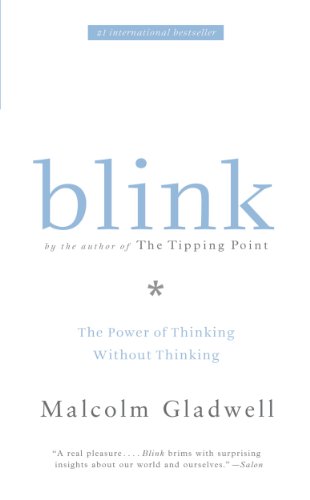

This article is an excerpt from the Shortform summary of "Blink" by Malcolm Gladwell. Shortform has the world's best summaries of books you should be reading.
Like this article? Sign up for a free trial here .
How do you approach decision-making? Is the right decision always the most informed decision?
Most of us have been taught that to make good decisions, we need to consider as much information as possible. But sometimes the right decision is a less-informed decision. Too much information can overwhelm you with details and obscure the bigger picture.
Here’s how to make the right decision by considering less information.
How to Make the Right Decision: Consider Less Information
In his book Blink: The Power of Thinking Without Thinking, Malcolm Gladwell explains how to make the right decision: the key, he says, is to consider only the most essential data points.
You don’t actually need a lot of information to identify patterns—just the right information. If we want to protect the integrity of our snap judgments, we need to limit the data we consider when making a decision.
(Shortform note: For this advice to be genuinely useful, we need to have some way of distinguishing crucial from superfluous information. Gladwell doesn’t provide this, but a good way of doing this is interpreting the information we receive as “signal,” or information that reveals key patterns, plus “noise,” or information that distracts us from the signal. If we listen carefully for the signal, we’re more likely to be feeding meaningful information into our unconscious decision-making apparatus. As Nate Silver argues in The Signal and the Noise, people who are highly accurate forecasters tend to use statistical analyses to separate signal from noise. They also avoid being overconfident in their predictions and pay extreme attention to detail.)
As an example of the pitfalls of overloading yourself with information before a decision, Gladwell discusses a shift that occurred at Cook County Hospital in Chicago in the late 1990s, when it changed the way it assessed ER patients with chest pain. Previously, doctors had taken a multitude of complex factors into account when diagnosing heart problems, leading to many inconsistent and potentially incorrect decisions.
A new computer algorithm reduced that large number of factors to four. The algorithm increased the accuracy of negative diagnoses by 70% (reducing the costs to the hospital of admitting patients who weren’t in danger of having a heart attack) and increased the accuracy of positive diagnoses to 95% (saving the lives of people who did go on to have major complications).
| Managing Information Overload in Medical Diagnosis The field of computer-assisted diagnosis has progressed rapidly since the publication of Blink. Increasingly sophisticated algorithms have led to highly accurate digital processes for diagnosing illnesses such as diabetic retinopathy, breast cancer, and early-stage Parkinson’s disease. Computers can also quickly analyze images and extract relevant information that assists clinicians in interpreting chest radiographs and images of the retina. |
———End of Preview———

Like what you just read? Read the rest of the world's best summary of "Blink" at Shortform . Learn the book's critical concepts in 20 minutes or less .
Here's what you'll find in our full Blink summary :
- How you can tell if a marriage will fail, within 3 minutes
- Why your first impressions are usually surprisingly accurate
- The dark side to making first impressions, and how to avoid the,






